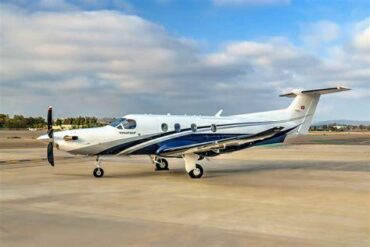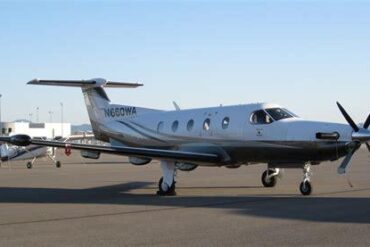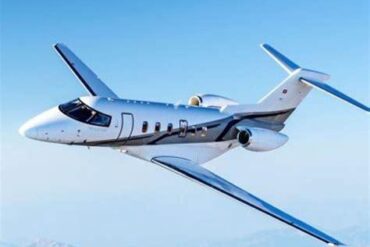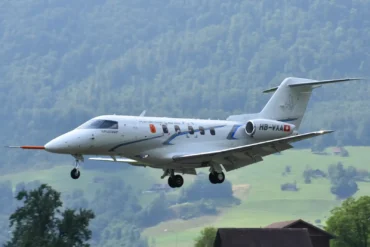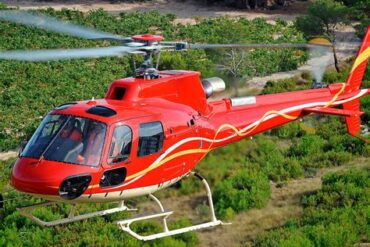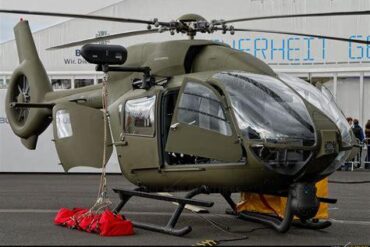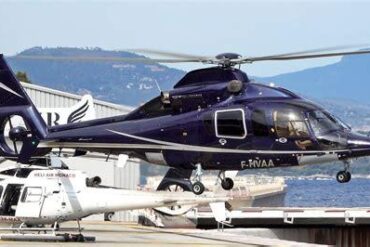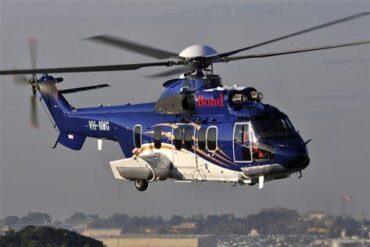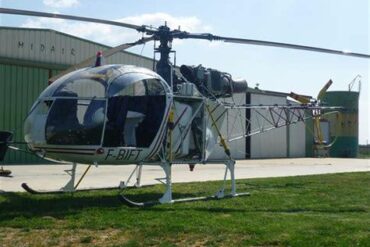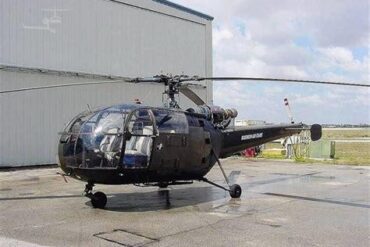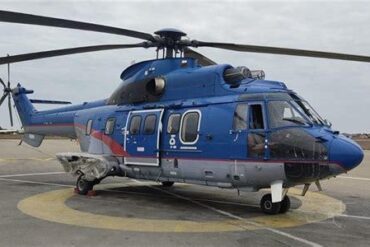The Pilatus PC-12 NGX is a standout in the world of turboprop aircraft, combining versatility, efficiency, and performance. As we delve into the intricacies of its price and operating costs, it’s essential to recognize why this aircraft is favored by many corporate, charter, and private operators.
Overview of the Pilatus PC-12 NGX
The PC-12 NGX represents the latest evolution of the Pilatus PC-12 series, featuring cutting-edge technology and enhanced performance capabilities. It is renowned for its single-engine turboprop design, offering a spacious cabin and impressive range, making it suitable for various missions, including business travel, cargo transport, and medical evacuation. The aircraft boasts a maximum cruise speed of approximately 330 knots and a range of up to 1,800 nautical miles, setting it apart from competitors in the same category.
Key Specifications
Before diving into the financial aspects, let’s outline some critical specifications of the PC-12 NGX:
-
Engine: Pratt & Whitney Canada PT6E-67P
-
Max Takeoff Weight: 4,750 lbs (2,155 kg)
-
Payload Capacity: Up to 1,800 lbs (816 kg)
-
Cabin Volume: 330 cubic feet (9.3 m³)
-
Seating Capacity: Configurable for up to 11 passengers
Initial Purchase Price of the PC-12 NGX
The purchase price of a Pilatus PC-12 NGX is a significant consideration for potential buyers. As of 2023, the base price for a new PC-12 NGX is approximately $5.4 million. This figure can vary based on customizations, additional features, and avionics packages selected during the purchasing process.
Factors Influencing the Purchase Price
-
Customization Options: Buyers can tailor the interior and exterior finishes, which can add substantial costs.
-
Avionics Packages: Advanced navigation and communication systems can also influence the final price.
-
Market Demand: Fluctuations in demand for turboprop aircraft can affect pricing, particularly in a competitive market.
-
Dealer Markup: Depending on the dealership or broker involved, there may be variations in the markup applied to the base price.
Pre-Owned Market
The pre-owned market for the PC-12 NGX is robust, with prices ranging significantly based on age, condition, and equipment. A well-maintained used PC-12 NGX can typically be found in the range of $3 million to $4.5 million. Potential buyers should consider the aircraft’s maintenance history and any modifications that might enhance its value.
Operating Costs of the PC-12 NGX
Understanding the operating costs associated with the Pilatus PC-12 NGX is crucial for budgeting and financial planning. These costs encompass several key areas, including fuel, maintenance, insurance, and crew salaries.
1. Fuel Costs
The fuel consumption of the PC-12 NGX is one of its most attractive features. The aircraft typically burns around 30 gallons per hour of Jet A fuel, translating to an operational cost of approximately $150 to $200 per flight hour, depending on current fuel prices. Given its efficiency and the relatively low fuel burn compared to jet aircraft, the PC-12 NGX is often celebrated for its cost-effective operations.
2. Maintenance Costs
Maintenance costs are an essential aspect of operating any aircraft. For the PC-12 NGX, operators can expect to spend around $300 to $500 per flight hour on routine maintenance. This includes scheduled inspections, parts replacement, and labor costs. Regular maintenance is vital to ensuring safety and reliability, and investing in a solid maintenance program can mitigate long-term costs.
Maintenance Programs
Pilatus offers comprehensive maintenance programs that can help streamline costs and keep the aircraft in top shape. Operators can choose from several options, including:
-
Factory Maintenance Programs: Covering all scheduled maintenance and inspections.
-
Extended Warranty Options: Providing additional coverage for parts and systems, which can help reduce unexpected costs.
3. Insurance Costs
Insurance is another significant expense for aircraft operators. For the PC-12 NGX, insurance premiums can range from $20,000 to $50,000 annually, depending on factors such as the operator’s experience, usage, and coverage limits. It’s advisable for operators to shop around and seek quotes from multiple insurance providers to find the best rates.
4. Crew Salaries
If operating the PC-12 NGX with a professional flight crew, salary expenses must also be factored in. A typical pilot salary for a PC-12 NGX can range from $75,000 to $120,000 per year, depending on experience and location. In some cases, two pilots may be required for longer flights, further increasing personnel costs.
5. Hangar and Parking Fees
Depending on the base of operation, hangar and parking fees can also contribute significantly to overall operating costs. On average, monthly hangar fees can vary from $500 to $3,000, influenced by the location and the type of facility used.
Cost Per Flight Hour
When all these factors are considered, the total operating cost per flight hour for the Pilatus PC-12 NGX generally falls between $600 and $900. This figure encompasses fuel, maintenance, insurance, and crew expenses, providing a comprehensive overview of what operators can expect financially.
Comparative Analysis
To better understand the operating costs of the PC-12 NGX, it’s useful to compare these figures against other aircraft in its class. For instance, when compared to light jets, the PC-12 NGX often presents a more economical choice due to lower fuel consumption, maintenance costs, and operational flexibility.
Conclusion
The Pilatus PC-12 NGX stands out as a premier option for those seeking a versatile and cost-effective turboprop aircraft. With an initial purchase price of around $5.4 million and operating costs that average between $600 and $900 per flight hour, it offers excellent value for both private and commercial operators. As the aviation landscape continues to evolve, the PC-12 NGX remains a top choice for those looking to balance performance, efficiency, and affordability in their flight operations.

